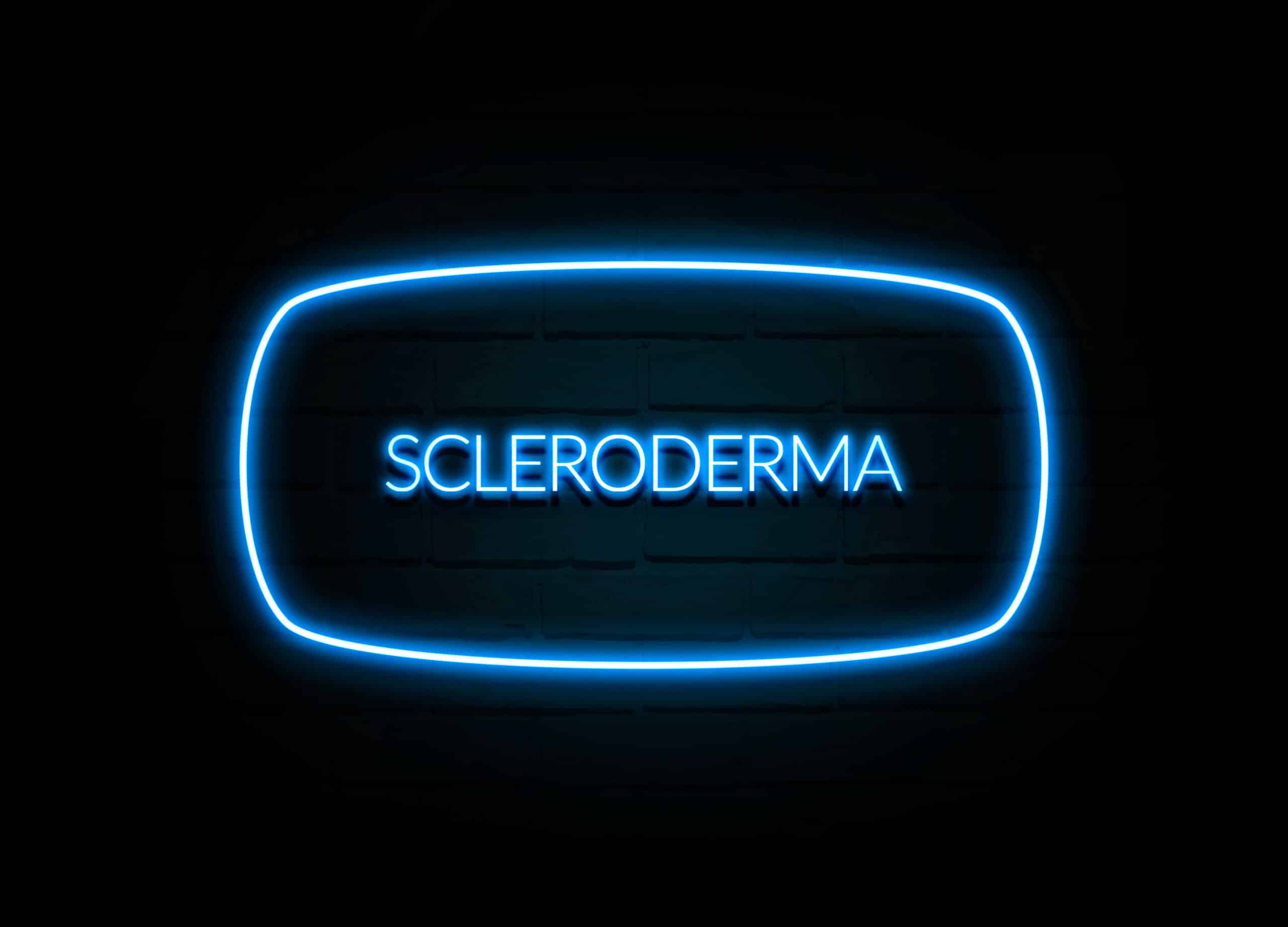Clinical trial finds the potential first treatment in 40 years for patients with this rare autoimmune disorder to possibly extend life as published in the New England Journal of Medicine.
Scleroderma is a rare and unusual autoimmune disease that cause skin and lung damage, this new study suggests that it can be effectively treated by stem cell transplant. This experimental procedure uses both radiation and chemotherapy to destroy the malfunctioning immune system and replaces it via a stem cell transplant which are taken from the patient’s own blood and then given back to them after the chemotherapy treatments.
This approach has been proven more successful than current existing treatment in this multisite clinical trial, with the significant improvement of survival and quality of life being reported says Karen Ballen, MD.
Cyclophosphamide infusion, the most effective current existing treatment was compared with the new approach. 67 patients were involved in the conduction of this trial in 2 groups, 34 participants were given cyclophosphamide infusions, and 33 received stem cell transplant treatment. After time frame of 72 months only 51% of those who had received cyclophosphamide infusions, as compared to 86% of those who had the stem cell transplant treatment remained alive.
At a 4.5 year follow up, the participants who had received a stem cell transplant treatment experienced significantly better overall outcomes than the participants who had received the cyclophosphamide infusions. Only 9% of the patients who had underwent stem cell transplant had begun taking anti-rheumatic drugs as compared to 44% of the participants who had received cyclophosphamide infusions had begun taking anti-rheumatic drugs for progression of scleroderma.
Both methods of treatment options carry risks of infection and low blood cell counts, with the overall infection rates being found to be similar.
All participants in both groups had severe scleroderma that had affected their lungs or kidneys. Researchers noted limitations for this study which could suggest that these finding may not apply to all patients with scleroderma.




